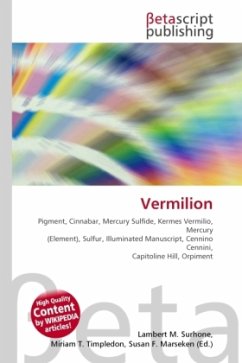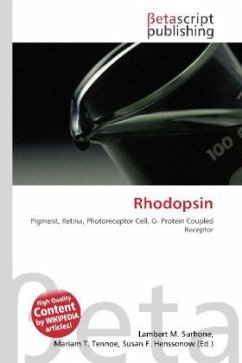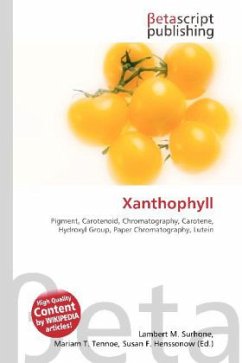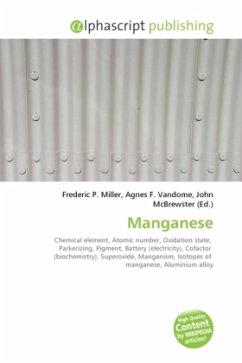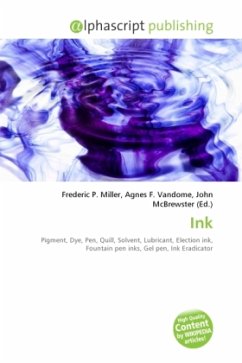High Quality Content by WIKIPEDIA articles! The Parisians Pannetier and Binet first prepared the transparent hydrated form of Cr2O3 in 1838 via a secret process, sold as a pigment.It is derived from the mineral chromite, (Fe,Mg)Cr2O4. The conversion of chromite to chromia proceeds via Na2Cr2O7, which is reduced with sulfur at high temperatures:Na2Cr2O7 + S Na2SO4 + Cr2O3 The oxide is also formed by the decomposition of chromium salts such as chromium nitrate or by the exothermic decomposition of ammonium dichromate.(NH4)2Cr2O7 Cr2O3 + N2 + 4 H2O The reaction has a low ignition temperature of less than 200 C and is frequently used in "volcano" demonstrations.Chromium oxide can be converted into elemental chromium metal through a thermite-like reaction: unlike iron oxide thermites, chromium oxide thermites creates few or no sparks, smoke or sound, but glow brightly. Because of the very high melting point of chromium, chromium thermite casting is impractical.
Bitte wählen Sie Ihr Anliegen aus.
Rechnungen
Retourenschein anfordern
Bestellstatus
Storno




